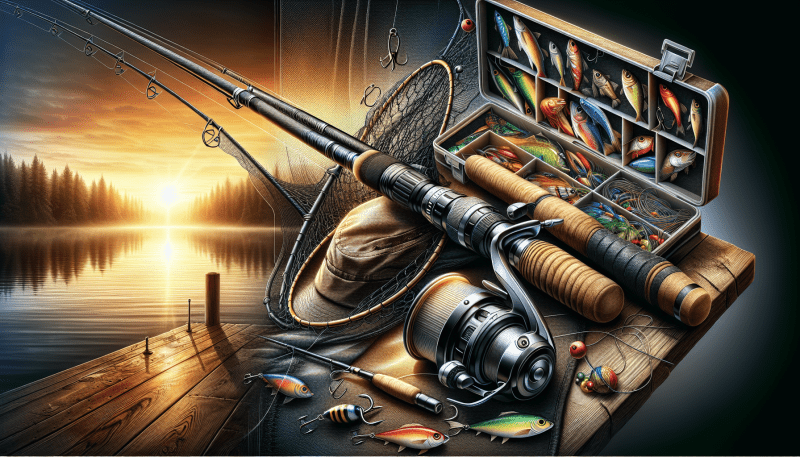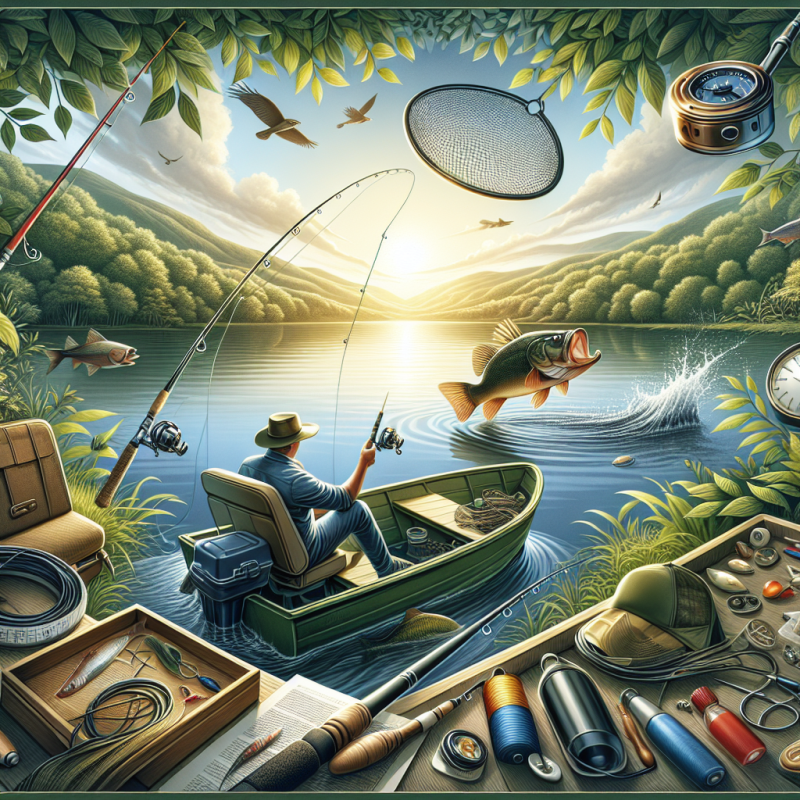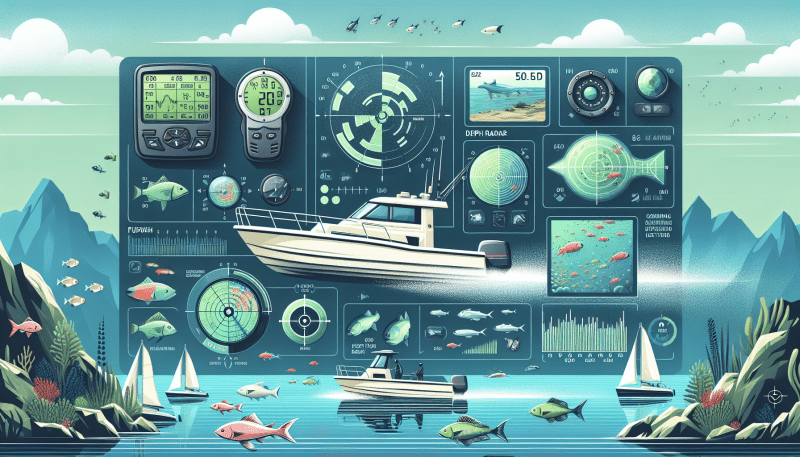If you’re going after smaller fish, like baitfish or panfish, a smaller mesh size is ideal. This will help you capture those tiny catches without letting them slip through. Look for a mesh size that’s about 1/4 to 1/2 inch for best results in these situations.
On the flip side, if your target is larger species, you’ll want a bigger mesh size. A mesh size of 1 inch or more is typically suitable for larger fish like trout or bass. This way, you ensure that your net can accommodate bigger catches without snagging or causing damage.
Another factor to consider is the type of water you’ll be fishing in. For areas with plenty of weeds or debris, a net with a slightly larger mesh can prevent snagging. But if you’re fishing in open water, a net with a tighter mesh might be the better option for ensuring you catch everything without losing any fish.
Finally, always think about how you’ll be using the fish net. If you’re just looking for a catch-and-release experience, a finer mesh is better for minimizing harm to the fish. Take your time to choose the right mesh size, and your fishing trips will be much more rewarding!
Types of Fish Nets Explained
When it comes to fishing, having the right tools is essential, and a good fish net can make all the difference. There are various types of fish nets out there, each designed to handle specific situations and types of fishing. Understanding these nets can help you pick the one that suits your needs best.
1. Landing Nets: These nets are perfect for scooping fish out of the water once you've caught them. They usually have a soft mesh, which helps protect the fish’s skin and scales. Look for a landing net with a long handle for easy reach, especially if you're fishing from a boat or a high bank.
2. Throw Nets: Ideal for catching baitfish, throw nets are round with weights around the edges. The trick is to learn how to throw them properly! Once you master the technique, you can catch a good amount of bait quickly. Just make sure to choose a net size appropriate for the fish you’re trying to catch.
3. Dip Nets: Great for catching shrimp, crabs, and small fish, dip nets are typically handheld. They’re easy to use and you can scoop right into the water, making them a handy tool for shallow areas. If you’re planning on catching smaller critters, a dip net might be just what you need!
Take a look at your fishing style and the types of fish you target. Choosing the right fish net can save you time, enhance your fishing experience, and ultimately help you catch more fish. Whatever net you choose, make sure it's sturdy and fits your fishing adventure. Happy fishing!
Tips for Maintaining Your Fish Net
Keeping your fish net in good shape is super important for getting the most out of your fishing experience. Regular maintenance can extend its life and keep it functioning well. Here are a few handy tips to help you take care of your fish net.
1. Rinse After Use
Always rinse your fish net with fresh water after every use. This helps to remove any saltwater, mud, or debris that could cause wear and tear. If you fish in saltwater, this step is even more critical as salt can corrode the net over time.
2. Dry It Properly
After rinsing, let your fish net dry completely before storing it. Storing a wet net can lead to mold and mildew, which can weaken the material. Find a spot in the shade to air it out, rather than leaving it in direct sunlight, which can cause some nets to fade or become brittle.
3. Check for Damage
Regularly inspect your fish net for any signs of damage, like fraying or holes. If you spot an issue, repair it as soon as possible to avoid bigger problems down the road. Most small tears can be easily mended with some fishing line or even tape if you're in a pinch.
4. Store Thoughtfully
When it's time to store your fish net, avoid cramming it into a cramped space. Hang it up or lay it flat to avoid bending or twisting. This keeps the shape intact and helps it stay ready for your next fishing adventure!
Storing Your Fish Net Properly
First off, always rinse your fish net with fresh water after each use. This helps remove any salt, dirt, or debris that can break down the material over time. Just a quick rinse can make a big difference!
When it comes to storage, try to avoid folding or crumpling your fish net. Instead, hang it up or lay it flat. If you fold it, you might create creases that weaken the net and make it less effective. Hanging it helps the net maintain its shape and function.
Keep your fish net in a cool, dry place away from direct sunlight, which can cause fading and deterioration. A dedicated storage bag or box can help protect it from dust and accidental damage. Always check for any signs of wear or tear before your next fishing trip so you know your net is ready for action!



